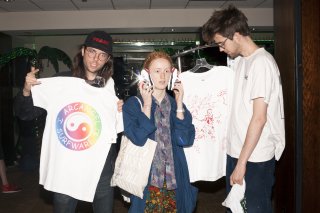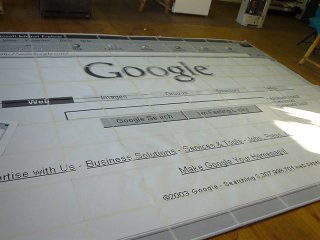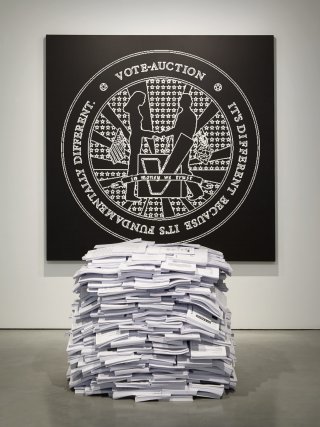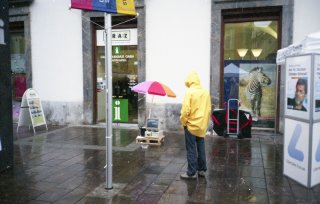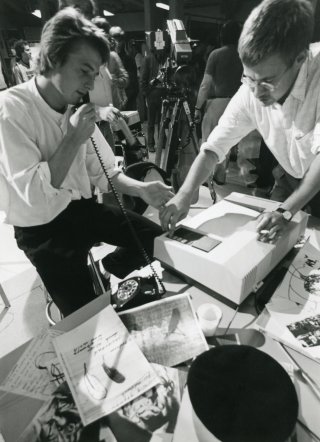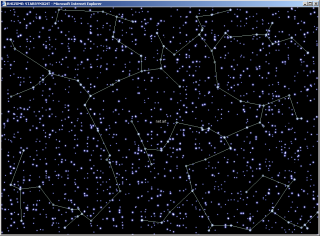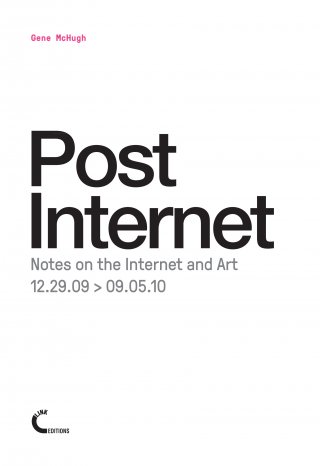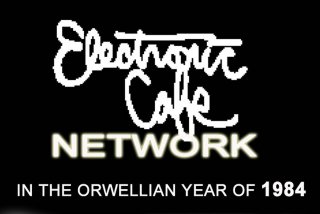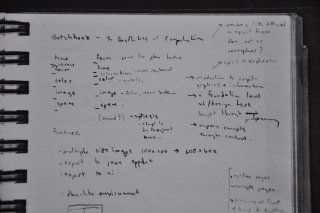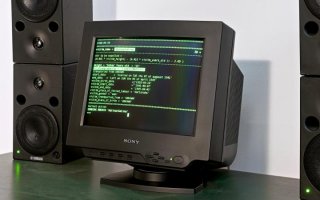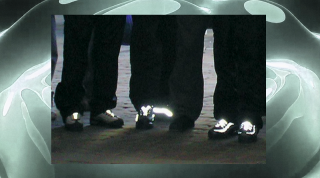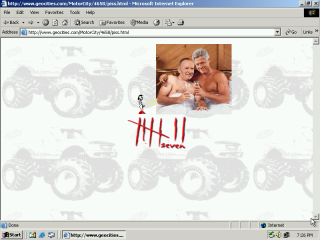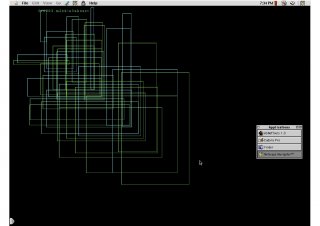The Thing
Wolfgang Staehle et al
1991 - ongoing
Founded in New York City in 1991, The Thing originated as a Bulletin Board System (BBS)—an early type of online forum—focusing on contemporary art and cultural theory. As a BBS, and later an email provider and ISP, The Thing fostered a community of practitioners who engaged in experiments with political organizing, writing, performance, and the sale and distribution of artwork online.
Including features such as messaging, an anonymized chatroom, and the ability to upload and download files, The Thing BBS initially reached a primarily New York-based community, within reach of local calling rates, but soon grew to include additional nodes in Europe. The project can be considered a platform for contributions by artists and non-artists alike as well as a kind of collectively created social sculpture.
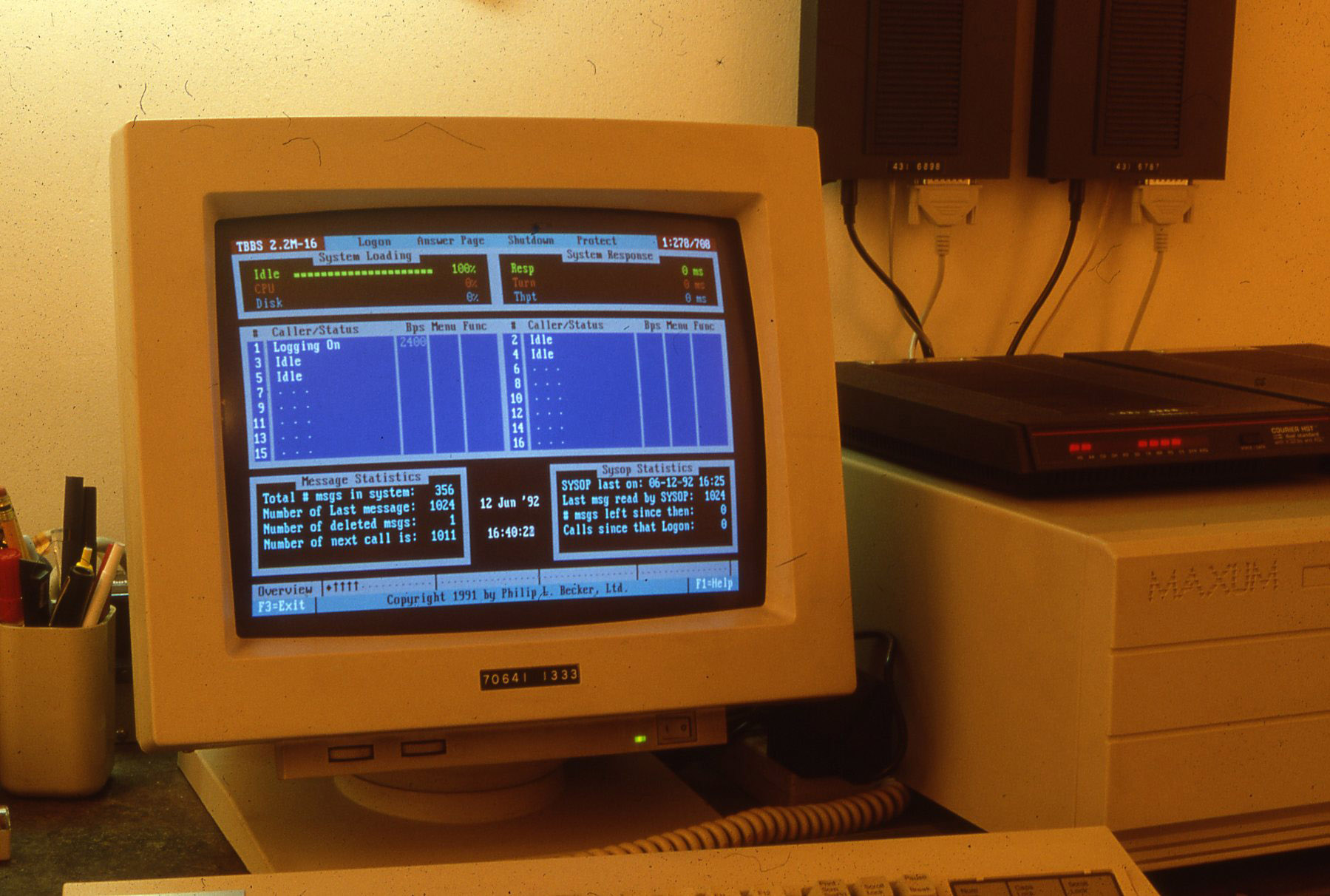 The Thing (BBS) circa 1992. Photo: Wolfgang Staehle.
The Thing (BBS) circa 1992. Photo: Wolfgang Staehle.
After purchasing a personal computer, artist Wolfgang Staehle–who had previously been involved in public access TV and other collaborative and media-based practices—became inspired by the kinds of exchanges he found on existing BBS networks frequented by programmers and other computer enthusuasists. He hoped to adapt the format to serve artist communities.
“When you meet an artist at a bar, they talk differently than when they’re on record with a journalist or critic. That’s what I was aiming for.” — Wolfgang Staehle
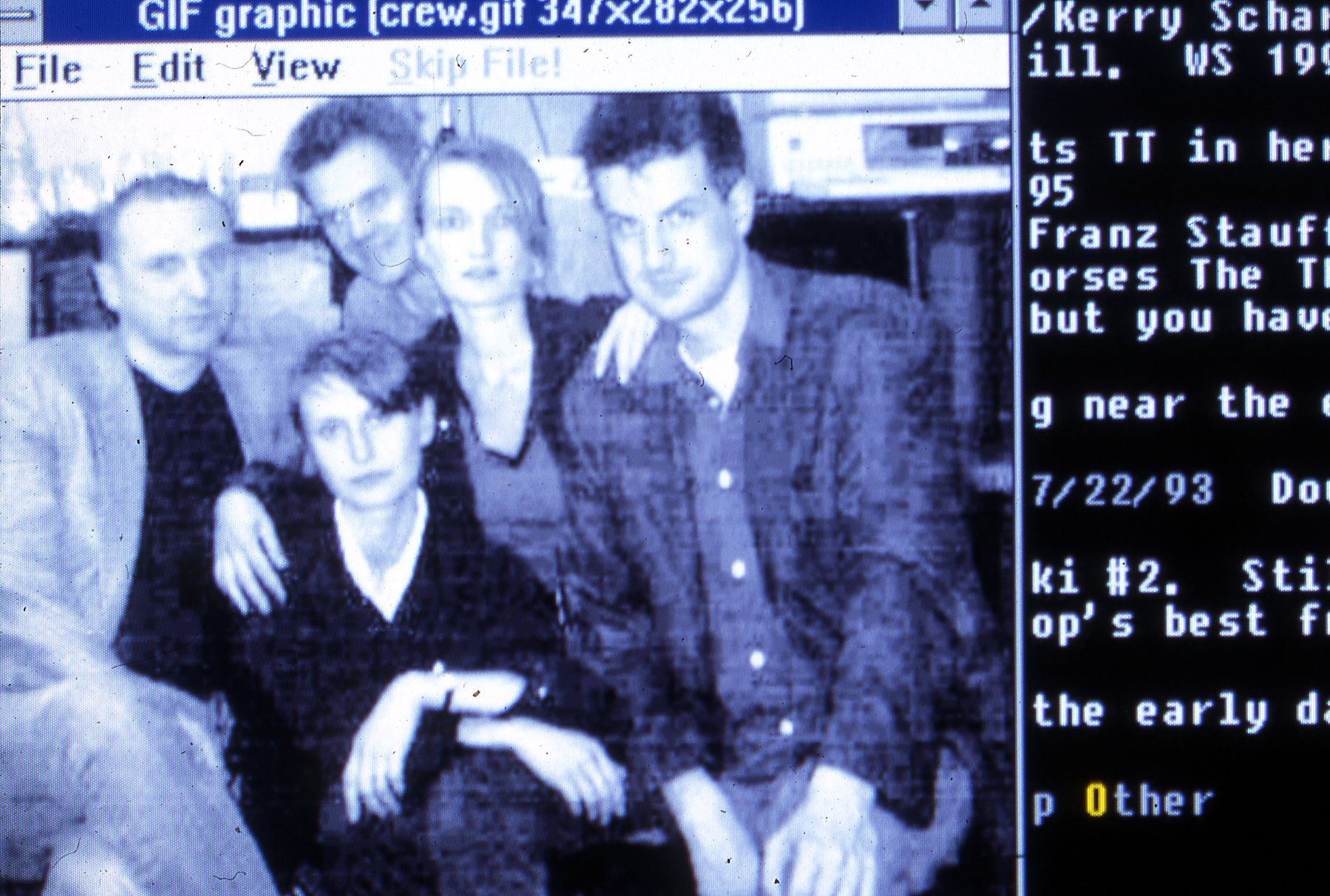 Wolfgang Staehle and other participants in The Thing circa 1993.
Wolfgang Staehle and other participants in The Thing circa 1993.
Because users accessed the BBS by dialing directly into it via modem, its initial community was primarily in its local calling area.
In 1992, a second node opened in Cologne, followed by Vienna and others. Data would be transferred among the nodes at night, when international calling rates were lowest, creating an international network.
On The Thing, community members discussed everything from contemporary art and theory to gossip.The organization structure of the BBS varied from open conversations to more formalized art journal-style dispatches.
 Advertisement for The Thing (BBS), c. 1994.
Advertisement for The Thing (BBS), c. 1994.
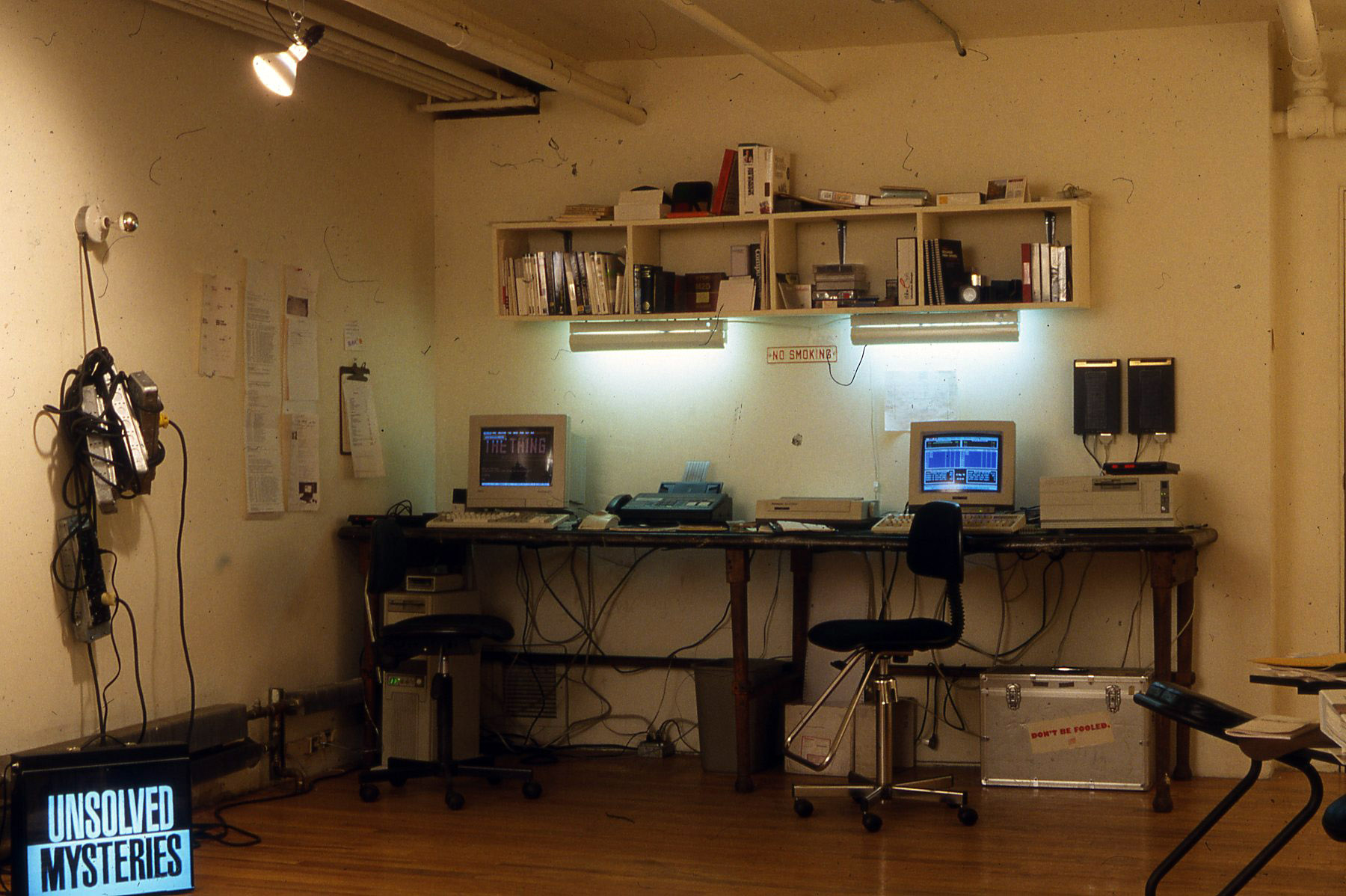 The New York office of The Thing circa 1992. Photo: Wolfgang Staehle.
The New York office of The Thing circa 1992. Photo: Wolfgang Staehle.
A small selection of posts from the BBS are archived on the website of The Thing. These include a near-complete copy of the first session of “Madame J.’s Dungeon,” run by artist Julia Scher, where users were invited to participate in S&M roleplay.
“Submit to me through these checkpoints and I then, promise to provide detention, detection and evaluation services for you personally, through the system, Thing. I promise to touch you and manipulate you and caress you.” —Julia Scher, The Thing
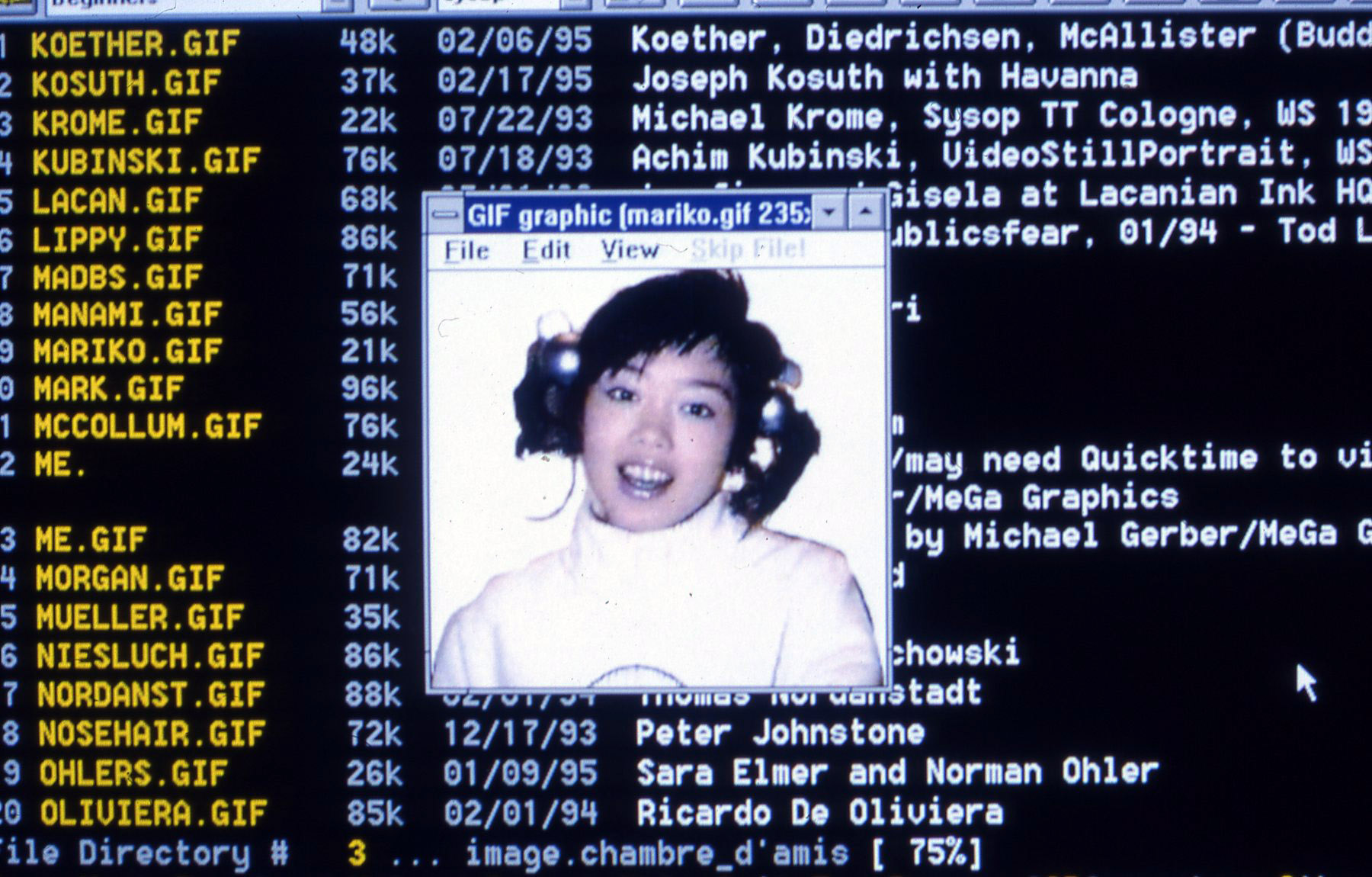 The Thing (BBS) circa 1994, featuring artwork by Mariko Mori. Photograph courtesy of Wolfgang Staehle
The Thing (BBS) circa 1994, featuring artwork by Mariko Mori. Photograph courtesy of Wolfgang Staehle
In 1995, The Thing transitioned to the web, where it remains online today.
Although much of the material from the original BBS has not survived in intact or public form, the project was a formative experience for many people who went on to shape early digital culture: Benjamin Weil, who went on to co-found the digital art foundry äda ’web; Pit Schultz, co-founder of the email list Nettime; and artists such as Julia Scher and Ricardo Dominguez.
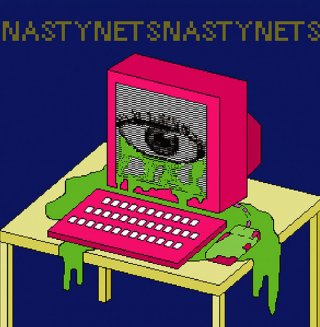 Nasty Nets
JOHN MICHAEL BOLING, JOEL HOLMBERG, GUTHRIE LONERGAN, MARISA OLSON, ET AL
2006
- 2012
Nasty Nets
JOHN MICHAEL BOLING, JOEL HOLMBERG, GUTHRIE LONERGAN, MARISA OLSON, ET AL
2006
- 2012
